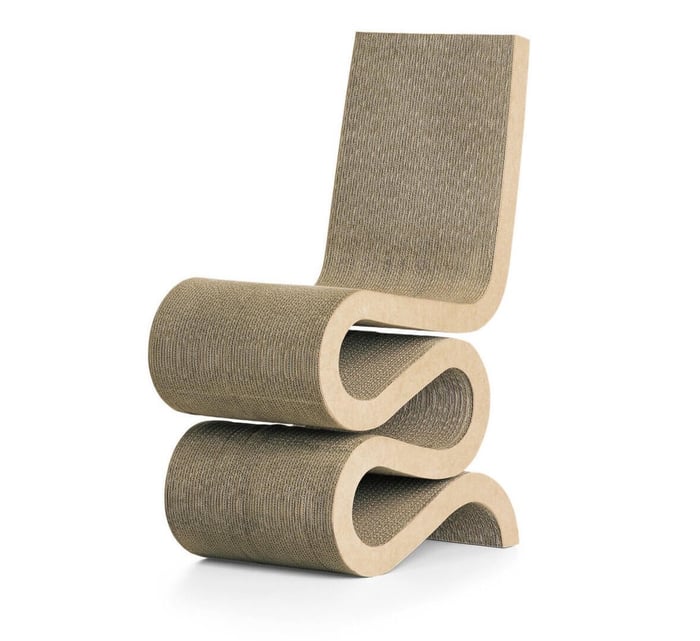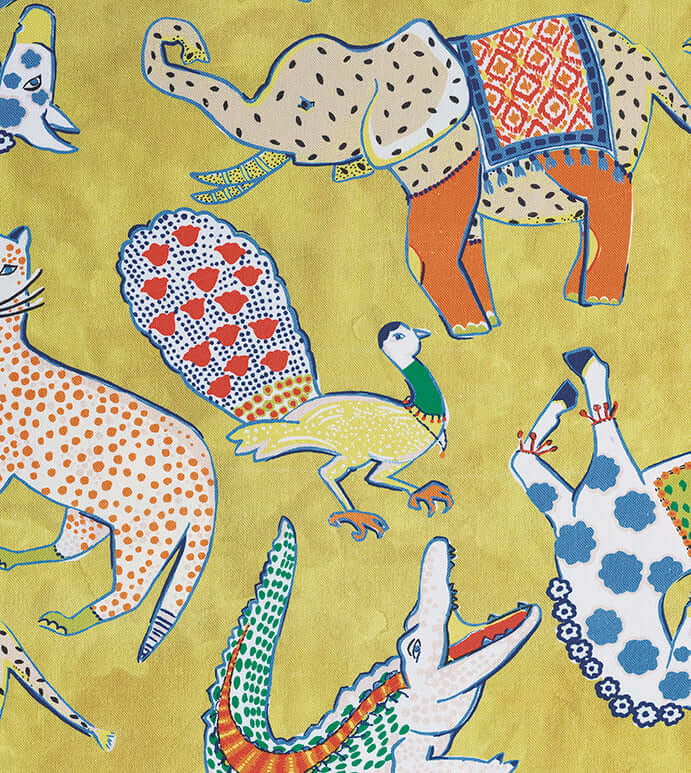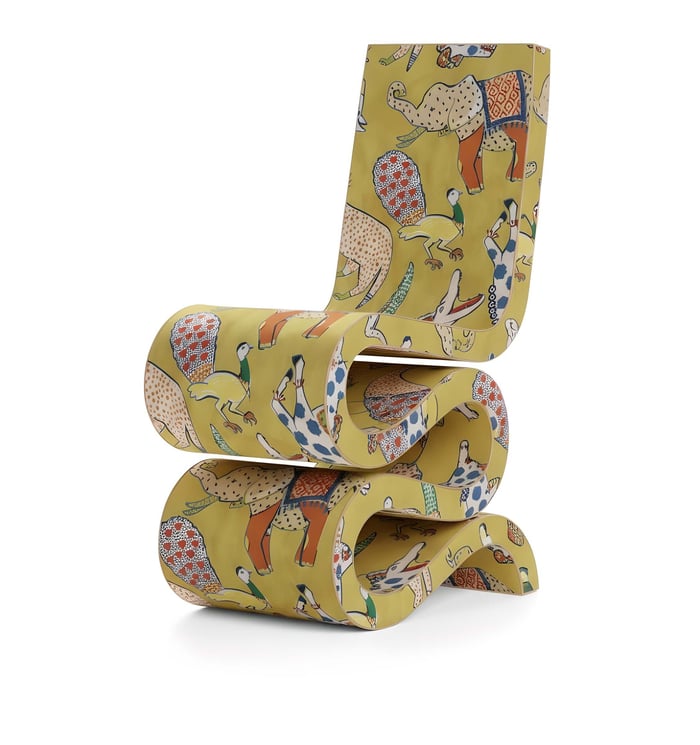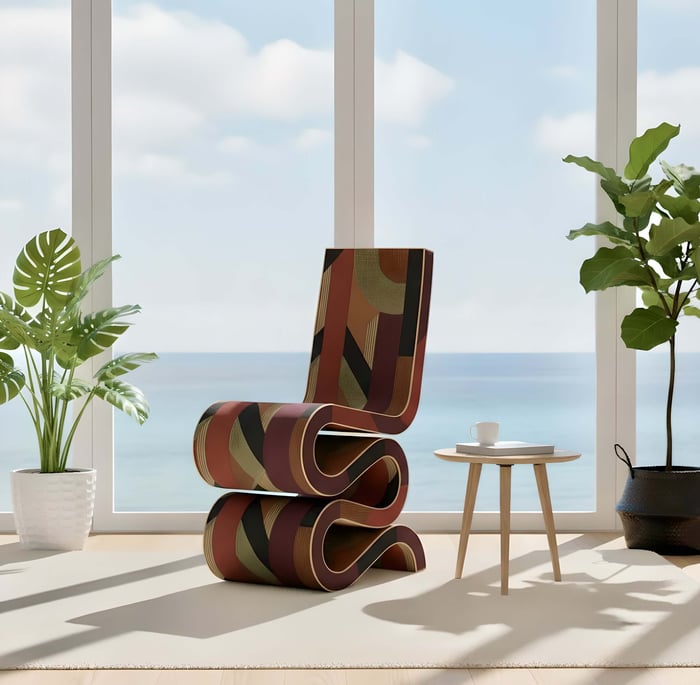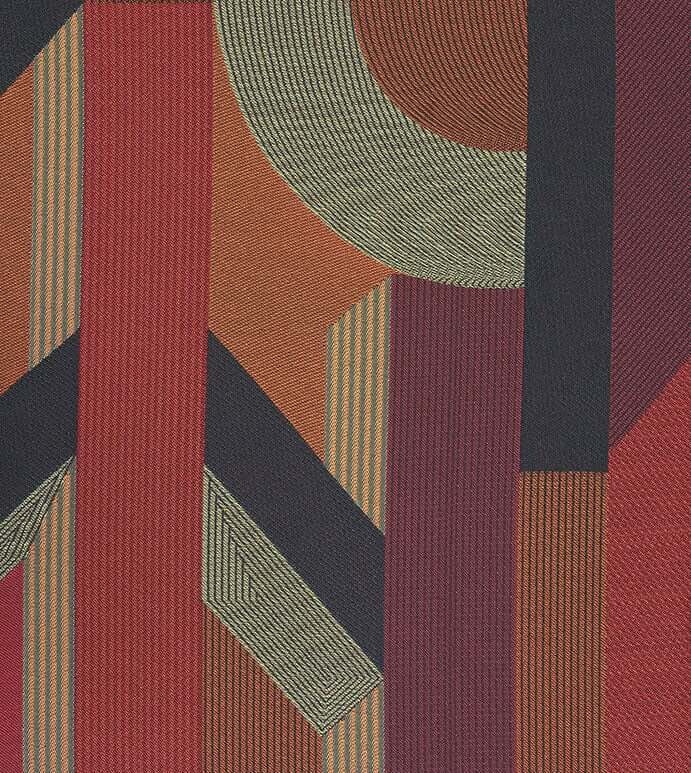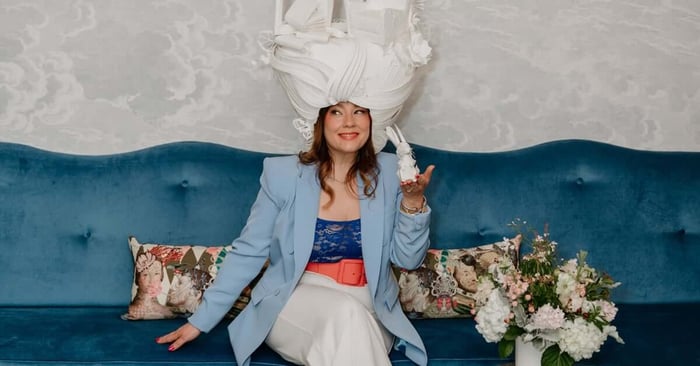Tanvi Gavaskar is an internationally trained Architect, Interior Designer and the founder of Studio Indique. Splitting her time between Los Angeles and San Francisco, she brings a global perspective to a multidisciplinary practice that moves fluidly across architecture, interiors, and lifestyle. Her work is defined by quiet sophistication and a deep understanding of how people truly live.
At the heart of her philosophy is Lifestyle Mapping, a process she developed to translate daily routines and rituals into design. Through Studio Indique, she continues to build a global portfolio that reflects her belief in design as a living dialogue - one that connects cultures, celebrates authenticity, and redefines the art of everyday living.
I grew up in India, surrounded by color. Having worked across London and Los Angeles years later, my design language now lives somewhere between two worlds: where I explore historical masterpieces through a modern eye.
That balance found its way into my recent design experiment: reimagining Frank Gehry’s iconic Wiggle Chair that was designed in 1972. It was an ode to seeing art in everyday objects. There’s something timeless about its sculptural, corrugated cardboard silhouette...
In 1972, inspiration struck designer and architect Frank Gehry when he came across a discarded pile of cardboard sitting outside his office. Manipulating the material using a handsaw and pocket knife, eventually the curvaceous Wiggle Side Chair was born. Part of Gehry’s "Easy Edges" series—which expanded on the idea of what cardboard can look like and helped make Gehry a recognizable name in the early 70’s—the uniquely textured base, seat, and back are formed with corrugated cardboard reinforced by hardboard paneling. The sculptural chair is not only very comfortable, it is also strong and robust.
I wanted to see what would happen if I dressed that familiar form for today, not in its original cardboard, but in modern textiles that speak the language of color and texture I live and work in. So, I turned to Eastern Accents, whose fabrics I’ve long admired for their craftsmanship, character, and ability to tell a story through color, pattern and texture.
The first prototype of the chair used Hullabaloo Lemon from their Hullabaloo collection, a fabric that feels like sunshine. The vibrant yellow backdrop and whimsical animals are stunning! I wrapped the fabric around the chair, and it transformed it into something joyful and spontaneous, a piece that could live easily in a space that celebrates color. Something ideal for a happy day setting. Maximalist, yet elegant.
The second prototype used Baughman Ruby from Eastern Accents, a fabric that carries itself with quiet confidence. I kept the fun alive with contrast piping that traced the chair’s famous “wiggle". This version felt more refined, something that could belong in a gallery or a calm reading nook, yet it still had that wink of playfulness that makes design approachable. I absolutely adore the bold geometric patterns and the colors that Baughman brings to the mix.
What I love about these kinds of experiments is that they bridge time, paying tribute to something iconic while letting it evolve with us. The Wiggle Chair remains unmistakable, but the fabrics give it new context, new emotion, and new energy.
For me, this project wasn’t about creating furniture. It was about reminding myself why I fell in love with design in the first place, to take something iconic, have a conversation with it, and see what happens when you let fabric do the talking. With Eastern Accents’ textiles, that conversation felt joyful, curious, and entirely contemporary.
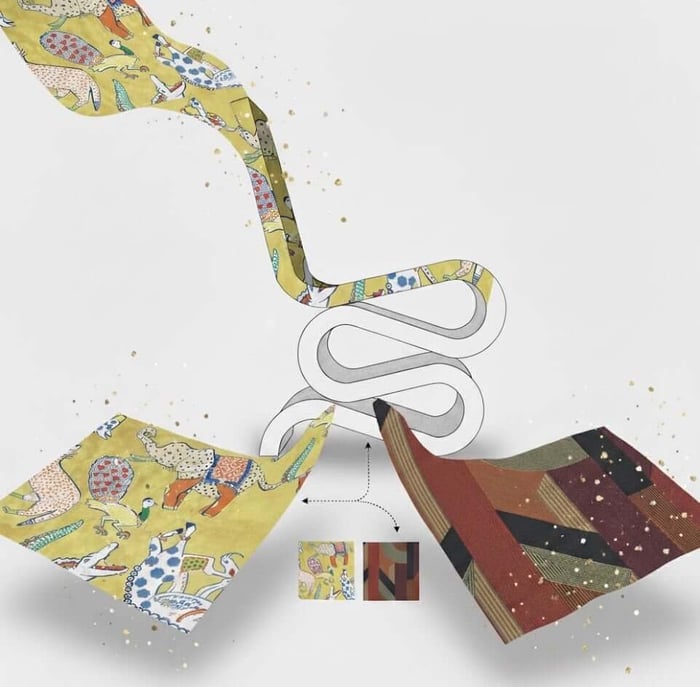
Thank you to Tanvi Gavaskar for sharing her creativity, innovation, and insights with Eastern Accents! Find more of her work at Studio Indique.

